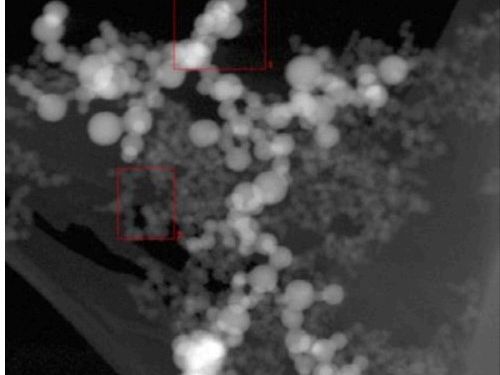Synthesis of functional hetero aggregates in the gas phase

Project Leader :
Prof. Dr. Hartmut Wiggers
University of Duisburg-Essen
The combined generation of two particle classes and their subsequent hetero aggregation in the gas phase, the analysis of their specific physicochemical properties and morphology as well as tuning the particle–particle interaction forces are the main aspects of this proposal. Particle-particle interactions in the intended size regime of 10 nm to 1 μm are dominated by van der Waals forces and can be supported by electrostatic interaction as well as weak chemical bonds, for example hydrogen bonds.
In addition, condensation reactions can play an important role in case of hydroxylterminated surfaces, typically observed for oxidic particles. Thus, besides the “pure” gas-phase mixing of different materials leading to hetero aggregates, the investigation, understanding and design of the particle surface composition is also decisive for the targeted formation of hetero aggregates.
For this purpose, the mixture of two components A and B in the gas phase as well as the growth of B on A in the gas phase is investigated. The production of the different substances takes place in two different types of reactors: Spray flame reactor and microwave plasma reactor. The focus of interest is mainly on materials such as TiO2, graphene, platinum and silicon and heteroaggregates formed from them, which can be used in the fields of catalysis, energy conversion and energy storage.

